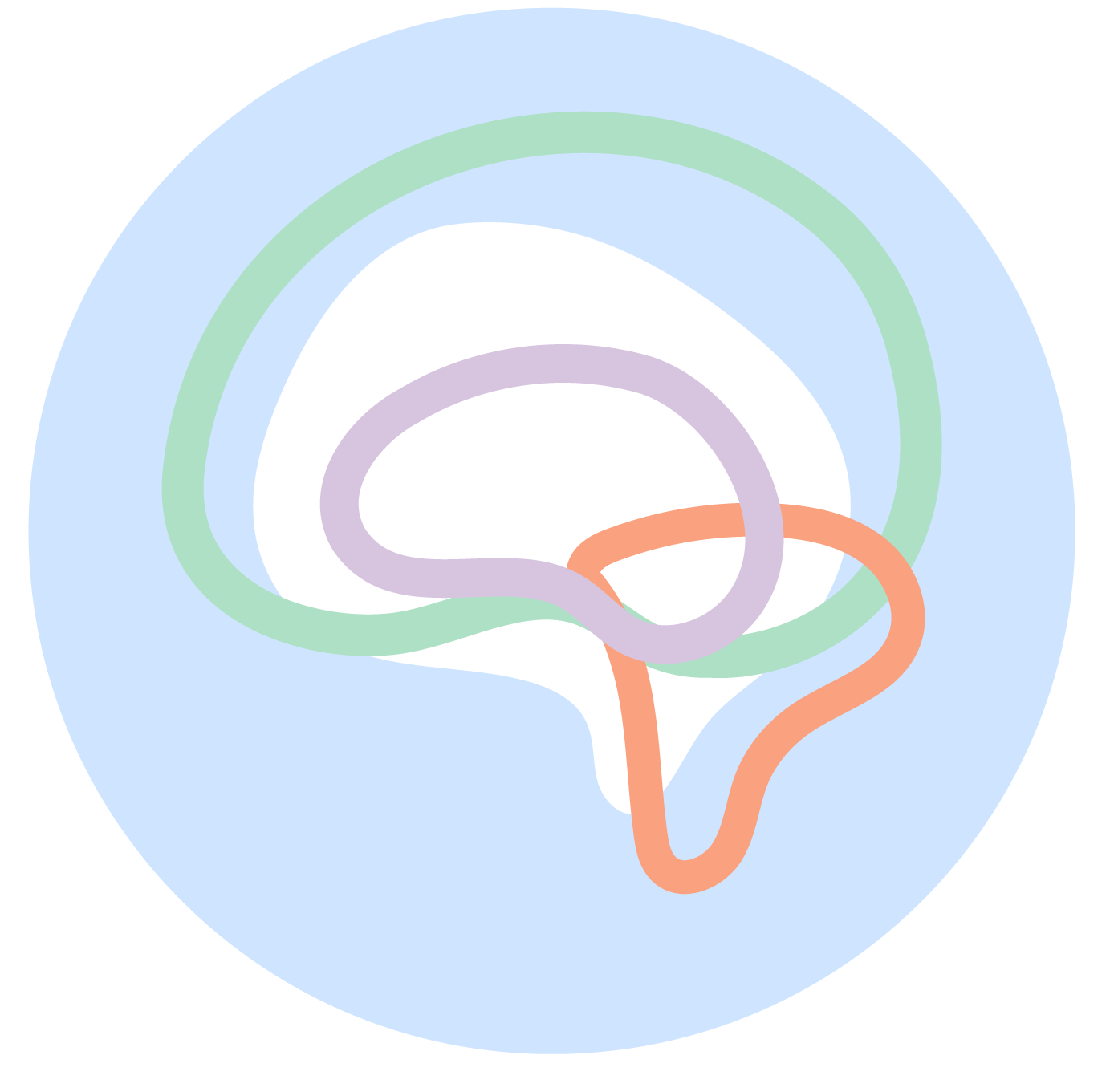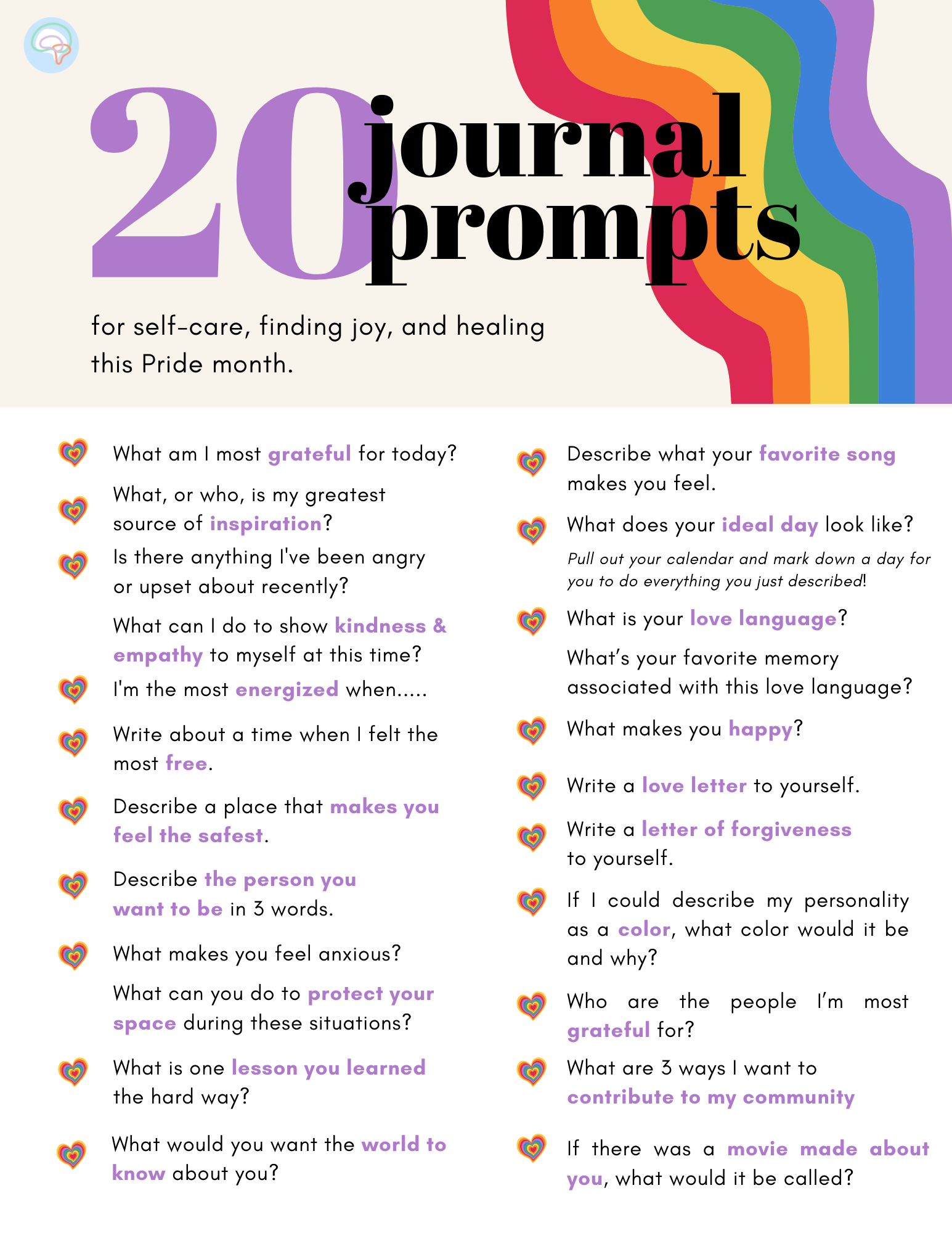Youth Self-Care Ideas for the Summer
The National Institute of Mental Health describes self-care as “taking the time to do things that help you live well and improve both your physical health and mental health.” It’s a wide collection of activities that speak to an individual’s self-identity, empowering them to understand themselves, love themselves, and respect themselves.
It’s a valuable practice for children and teens today who are heavily stimulated by information overload and brooding curiosity.
Yes, the summer months are exciting. But for some, breaking away from usual routines can be uncertain, lonely, and overwhelming.
In this blog, we’ll share some self-care ideas that youth groups can explore during their free time these next few months. These ideas are designed to help kids and teens nurture their physical health, emotional wellbeing, creativity, and mindfulness.
Less screen time
A study by JAMA Pediatrics found that screen time for children in the United States between the ages of 12 to 13 doubled in 2020 to close to 8 hours a day. Researchers found that this increase in screen time led to increased worry, stress, and binge-eating in adolescents.
Spending time unwinding in front of a screen throughout your summer break isn’t necessarily self-care. Your self-care routine should be holistic, incorporating a healthy mix of activities that helps you move your body, practice mindfulness, and appreciate the moments unfolding around you. Block off screen-free hours in your day to slow things down and focus on yourself and your loved ones.
Keep reading this list for more ideas on what you can replace your screen time with!
2. Join a book club
Reading is a great form of self-care because it lets you focus on a topic that genuinely interests you and piques your curiosity. It helps you visualize a world much bigger than the one you may know, introducing you to characters that you can relate to, admire, or learn from. Joining a book club this summer introduces a layer of community to the joy of reading. If you’re anxious about spending time on your own, or if you’re worried about keeping your reading habits on track, this is a great way to interact with others and explore the many forms of expression that a single book can evoke across different people.
Here are a few online book clubs you can check out to get started:
3. Go on nature walks
Research published in ScienceAdvances found that spending time in nature has been associated with lower levels of mental distress and more positive effects on emotional well-being and social interactions. Psychologists have also studied the cognitive benefits nature provides youth, noticing more cognitive development when children are around green spaces in their homes and schools.
With the sun out and the days growing longer, it’s a great time to get out of the house and go on daily walks. The idea of exercise isn’t always the most exciting for everyone on summer break. But walking is an aerobic activity that helps you get the best of both worlds — a healthier body and a calmer state of mind. It’s also an activity that’s accessible to partake in and can easily fit into your schedule or daily routines.
4. Try out a new physical activity
A study by the Association for Child and Adolescent Mental Health found that young people at risk or in the early stages of mental health disorders tend to have poorer physical health than others their age. Exercise has been proven to be an effective form of intervention to reduce symptoms for those living with a mental health condition. There isn’t a shortage of options for physical activities for young people to pick and choose from. You could go for high-intensity aerobic exercises like going on runs, cycling, and swimming, or opt for more moderate to low intensity workouts like yoga and pilates. The latter option is exercises that focus on building mind-body connection, which the American College of Sports Medicine states can improve symptoms of depression and anxiety while improving speed, focus, and memory.
At the end of the day, physical activity as a form of self-care should be a type of exercise that excites you and leaves you feeling calm and rested at the end of the day.
5. Journal daily
Keeping a journal is both therapeutic and intimidating — that’s what makes the experience all the more effective for healing and reflection. Your journal is a safe space for you to express your most honest thoughts, musings, and realizations. Dedicate 10 to 15 minutes of time at the start or end of the day to externalize how events in your life make you feel and how you’re actively coping with them on a day-to-day basis.
Make it a point to list down everything you’re grateful for each day and what you’re looking forward to tomorrow. Studies have shown that proactively practicing gratitude builds optimism and higher self-esteem, which can prevent the further development of depression.
You can kick things off with these journal prompts:
99+ Creative Journal Prompts For Teens: Fun Writing Prompts for Getting Inspired
52 Journal Prompts for Kids to Record Their Lives and Thoughts
Here’s a journal prompt My Good Brain created for Pride month that emphasizes healing and self-reflection. We hope this can inspire some of your journal entries too!
6. Get organized!
A clean and clear space helps you keep a calmer mind. Clutter can be extremely distracting and hinder your daily routines. When you create a system for putting things away and approaching responsibilities, you spend less time running around to locate belongings, meet deadlines, and show up for appointments and outings. This state of frenzy encourages nervousness, anxiety, and uncertainty. It also creates conditions for procrastination and dwindling motivation.
Now is a great time to reevaluate and reconstruct the spaces you spend the most time in. You can kick off your break by making a project out of organizing your study desk, closets, learning materials (school bags, folders, notebooks), and daily schedules.
7. Build a routine
Speaking of getting organized with your daily schedules, here’s a good place to start…building routines! Having a routine helps you make space for a wider variety of activities throughout your week, like having time to relax, spend time with loved ones, work, or pick up a new hobby. This keeps your energy levels high and prevents you from feeling unmotivated outside your typical day-to-day school routine. You can build a routine easily with two simple steps:
Identify what you want to get out of your summer. These don’t have to be overly ambitious goals that stress you out. On the contrary, you should be listing outcomes that are realistic to attain and can build your confidence at the end of your break.
Blocks out key responsibilities and themes for each day. For example, some days might focus on physical activities while others emphasize creative activities.
You can use these resources to create and print your own daily planners or save them on your phone to have on hand:
8. Create a vision board
Vision boards aren’t just an impactful tool for motivation, they’re also a great way for you to express yourself creatively. A vision board can be used for many different reasons and can take many forms. You can create one to envision your ideal summer, whether that’s the places you want to visit, financial goals, wardrobe ideas, or food spots you want to check out. It’s a therapeutic way to sort your thoughts out, prioritize what you want, and create something that’s aesthetically pleasing and calming to look at. You can create a physical vision board or even use digital platforms like Pinterest, Notion, Canva, or Google Slides!
Source: Big Life Journal
9. Meditate
Meditation is a great activity to start including in your daily routine this summer. After a busy school year, you want to give your mind the opportunity to rest, unwind, and be at peace. Now that you have more time in your day to take care of yourself, focus on slowing things down and reinforcing yourself with positive affirmations and thoughts. Find a space that you’re most comfortable in, surround yourself with scents and light music that makes you feel the most at home, close your eyes and isolate yourself from negative and stressful elements that tend to weigh you down.
Here are some guided meditations you can follow along with:
10. Visit somewhere new!
Sometimes all we need to get our senses heightened and rejuvenated is a change in scenery. Summer is all about being under the sun and doing things you never could have done when it’s cold and gloomy out. If there’s a perfect time to explore your city or take a trip with loved ones, now’s the season to do! Traveling to a new destination doesn’t have to be expensive and time-consuming. You shouldn’t underestimate the excitement of visiting somewhere new close to home. It could be a park you’ve never been to before, a hike you’ve never tried, or a small business you noticed online that you’ve never had the chance to visit!



